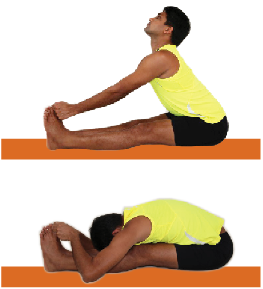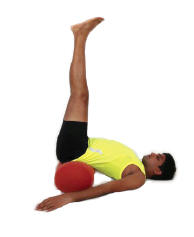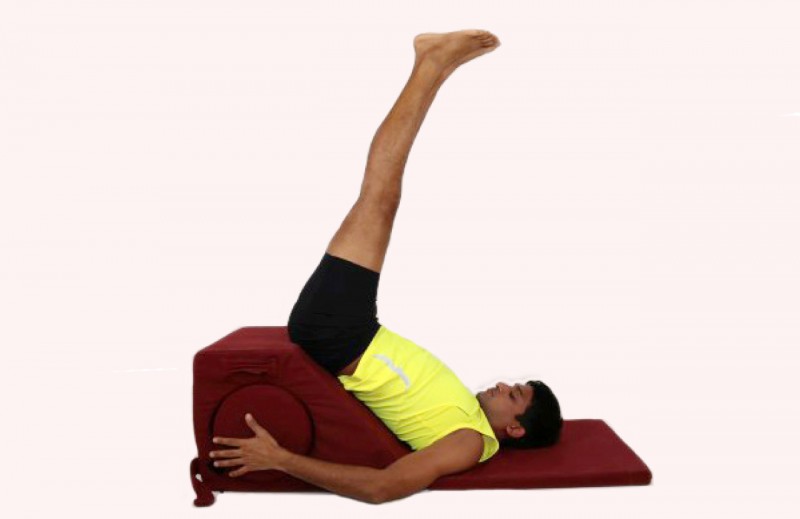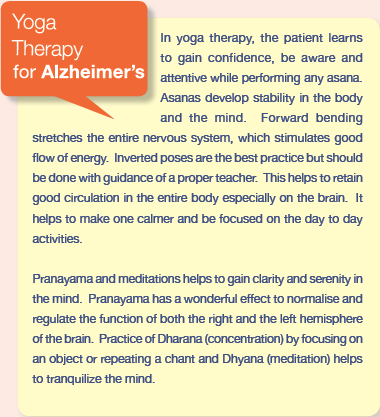Alzheimer’s disease is a neurological disorder in which the death of brain cells causes memory loss and cognitive decline. Alzheimer’s disease is associated with “dementia”, which is a memory and mental diseases that cause loss of mental ability or gradual death of brain cells. Alzheimer’s affects the brain that can include memory loss and difficulties with thinking, problem solving or language etc.
Due to progressive nature of Alzheimer’s disease, over time, more parts of the brain are damaged. As this happens, more symptoms develop and become more severe.
In due course, proteins build up in the brain to form structures called “plaques” and “tangles”. This makes the brain cells degenerate and die, causing a steady decline in memory and mental function. The death of the brain cells losses the brain tissue, creating a chemical imbalance.
Certain chemicals in the brain cells act as a transmitters to the brain. The damage in this leads to ineffective or inabilities receive or send messages among the brain cells. These changes are severe enough to interfere with day-to-day life. It commonly affects the older people or people with some neurological conditions already.
Paschimottanasana (Seated Forward Bend)
 1. Sit in dandasana. Exhale, lean forward, extend the arms and hold either the big toes or the sides of the feet.
1. Sit in dandasana. Exhale, lean forward, extend the arms and hold either the big toes or the sides of the feet.
2. Inhale, pull on the feet, and extend the trunk up from the pubis (front side).
3. Stretch both sides of the trunk up and open the chest. Make the back concave and look up.
4. Exhale, bend the elbows outward to the sides and take the trunk towards the legs.
5. Inhale, extend the front, back, and sides of the body simultaneously towards the feet. Exhale; rest the head on the shin.
6. Stay, breathing evenly, for 30 to 60 seconds (or longer). Keep the back and the head relaxed. Inhale and come back.
Benefits: This extend’s the entire back of the body and stretches the nervous system. It removes anxiety, anger and irritability and keeps the mind calm.
 Viparita Karani (Half Shoulder Stand with Bolster)
Viparita Karani (Half Shoulder Stand with Bolster)
1. Lie supine, knees bent hip-width apart. Keep the shoulders down.
2. Inhale, raise the trunk and place the bolster under the hips.
3. Keeping the hips down, curve the trunk. Press the shoulders down and extend the chest.
4. Place the palms down on the sides of the trunk. Raise the legs vertically.
5. Breathe evenly for 3 to 5 minutes.
6. Exhale, bend the knees, bringing the thighs to the abdomen and place the feet down one by one.
7. Raise the hips, take the bolster away and rest on the floor with straight legs.
…more
To read the full article please download our Asana Journal App or purchase Issue 152 Aug 2015.





















 Other
Other
nice article i want add from my side while giving therapy to the patient we have to make a design of asana in the form of combination of asana (combination consist of stretching , twisting, pressure asana ) and important thing which we have to keep in mind that angles we have make and hold with particular time frame then only body start getting physiological effect over the body.
by doing 2 ,3 asana we cant cure any disease their should group of asana in combination .